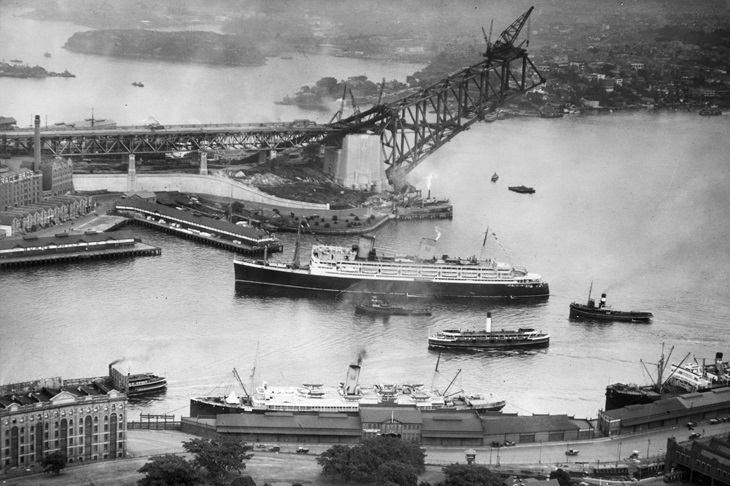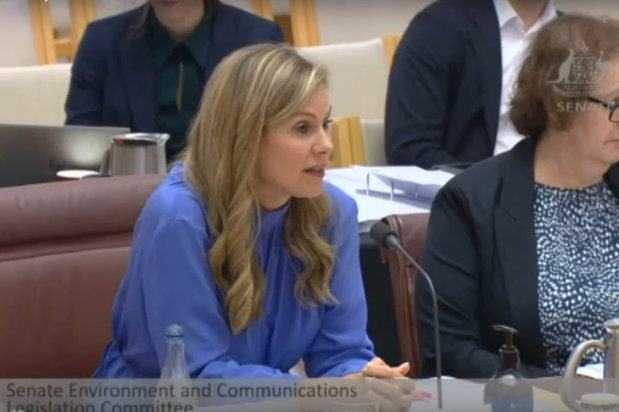When exactly did the great Australian dream start to die? Even conservative commentators are acquiescing to signs that we’re about to lose again, this time on faithful bricks and mortar.
For some, empire and commonwealth sprung forth when Alfred the Great devised his revolutionary system of boroughs to help organise and defend the new kingdom.
Already a subscriber? Log in
Subscribe for just $2 a week
Try a month of The Spectator Australia absolutely free and without commitment. Not only that but – if you choose to continue – you’ll pay just $2 a week for your first year.
- Unlimited access to spectator.com.au and app
- The weekly edition on the Spectator Australia app
- Spectator podcasts and newsletters
- Full access to spectator.co.uk
Or


























Comments
Don't miss out
Join the conversation with other Spectator Australia readers. Subscribe to leave a comment.
SUBSCRIBEAlready a subscriber? Log in